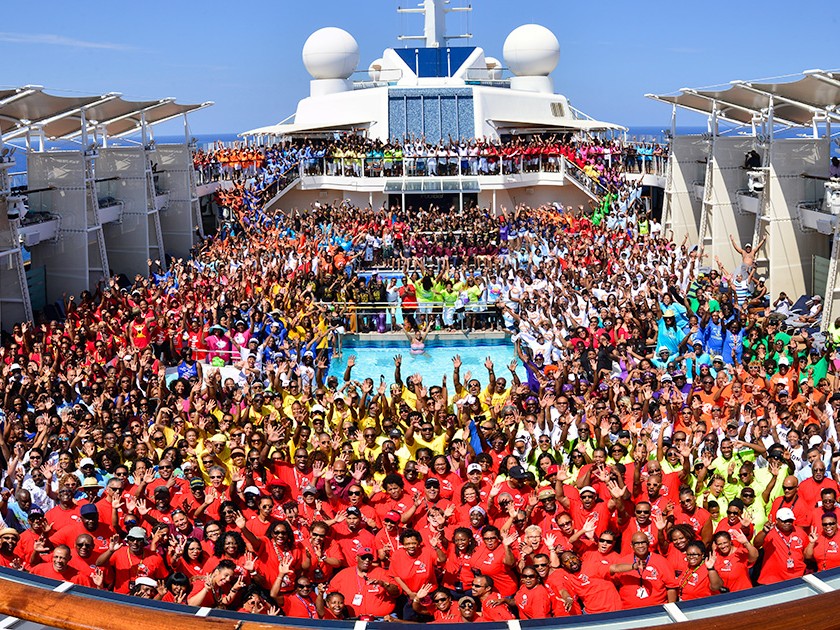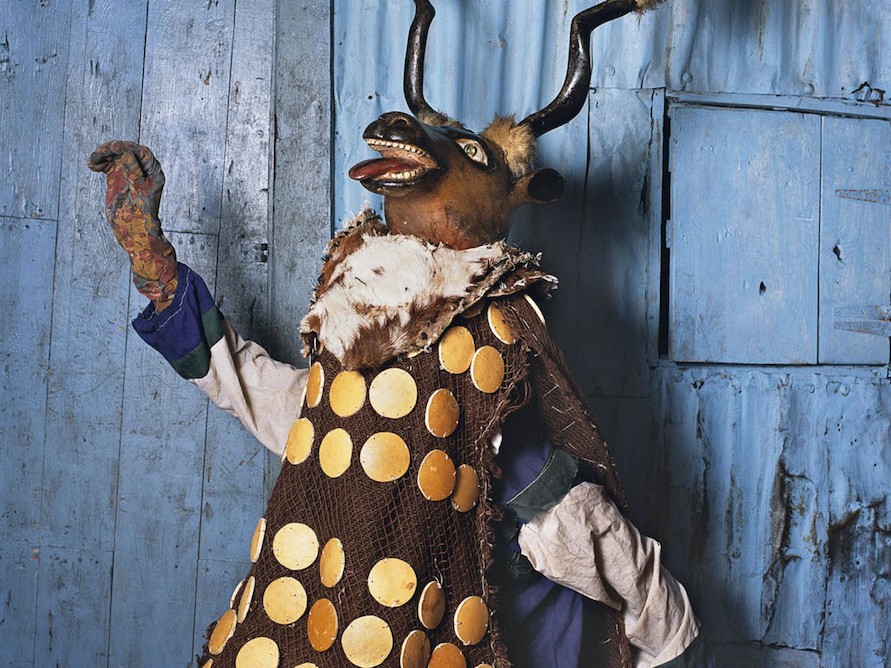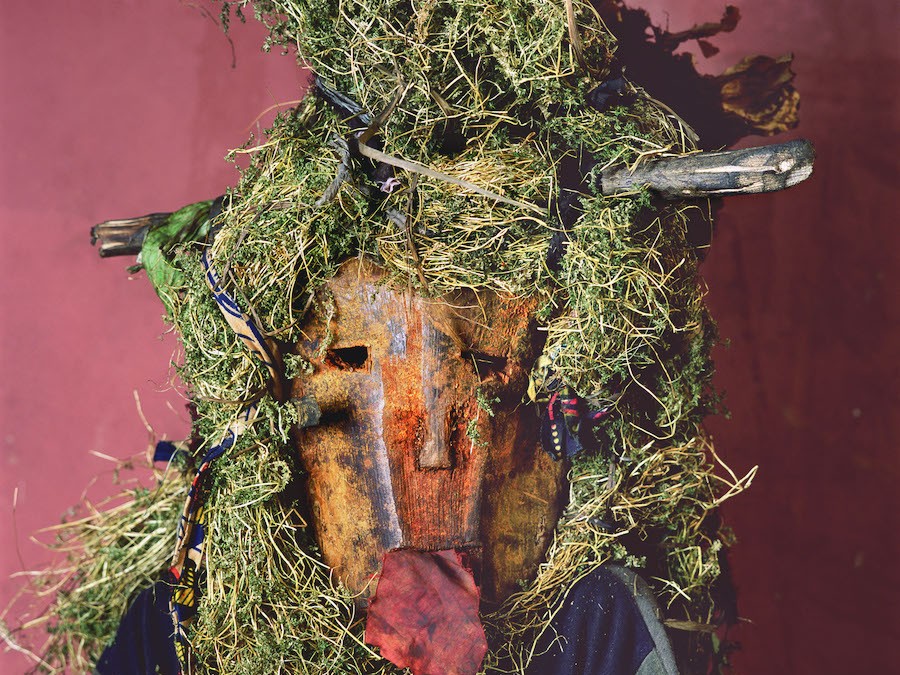Share this!
A Quick Guide to Traveling in South Africa Townships

South Africa is a beautiful place with a history of racial strife. Like many African nations, it’s a country that is still feeling the effects of colonization efforts that began around 400 years ago. While desegregation occurred in the United States in the 1960s, the end of Apartheid in South Africa only happened in 1991 and the then ruling National Party didn’t even pretend to maintain ‘separate but equal’ policies. The result is that South Africa is ranked #2 on Business Insider’s list of the most unequal countries in the world, right behind Namibia.
If anything, this fact makes your visit to South Africa even more important. If you’re only visiting for the beaches and safaris, then you can stop here, but if you want to see South Africa in its fullest, then you’re going to need to know a thing or two about the townships.
Johannesburg wouldn’t be what it is today without Soweto, and the same goes for Cape Town and Khayelitsha. To dismiss them would be a mistake.
When traveling through a place like South Africa, generally keep one rule in mind: be respectful. The people are very aware of their own history, so the best way to stay respectful is to give yourself a bit of context so you don’t blunder into insulting a new friend. Don’t have the time to read Nelson Mandela’s A Long Walk to Freedom or take a class in South African history? Never fear! Demand Africa is here.
So let’s start with a little history lesson.
South Africa is an ancient country with ancient peoples like the Nguni which include the Zulu and Xhosa people, who had long-standing traditions and history, but everything changed when the Dutch arrived. The black natives were forced into slavery by the white Dutch, and over time cultures began to mix, giving rise to the Afrikaans language, which was heavy on the Dutch. The native languages were suppressed, but, thank goodness, they still survive in the townships.
Emancipation for slaves came in 1834, but in 1948, the white National Party rose to power and implemented their Apartheid regime. It started with the Population Registration Act, which required everyone to register according to their race. This wasn’t just segregation, it was lawful oppression of black people, Indians, and colored people. ‘Colored’ is a race that only exists in South Africa; it includes those of mixed race, and under Apartheid, colored people had better circumstances than black.
In an effort to remove ‘black spots’ from white areas, non-whites were forced into townships, underdeveloped and overpopulated communities on the edges of urban areas, according the South African History Online. There were small numbers of homes, but those weren’t enough for the large number of people forced there so they grew into shantytowns, with most people living in shacks made of corrugated metal or anything else they could find. The townships still look similar, and they still face serious infrastructure problems–think no sewage or running water and lots of illegally, unprofessionally wired electricity.
Apartheid didn’t stop there. Interracial marriage became outlawed. Whole curriculums were changed to favor white children, enforcing Bantu education, a new and discriminatory lesson plan, on non-whites. Non-whites were barred from owning property as well. (And remember, this only ended in 1991.)
Things finally changed when the African National Congress and people like Nelson Mandela dedicated decades of their lives to freeing South Africa. The turning point came with the Soweto Uprising, where student protests against Bantu education ended with police firing directly into the crowd. Photographs of a 13-year old boy’s body being carried from the scene made it to the world’s stage, and the global outrage put extra pressures on the South African government. So if you didn’t know, now you know.
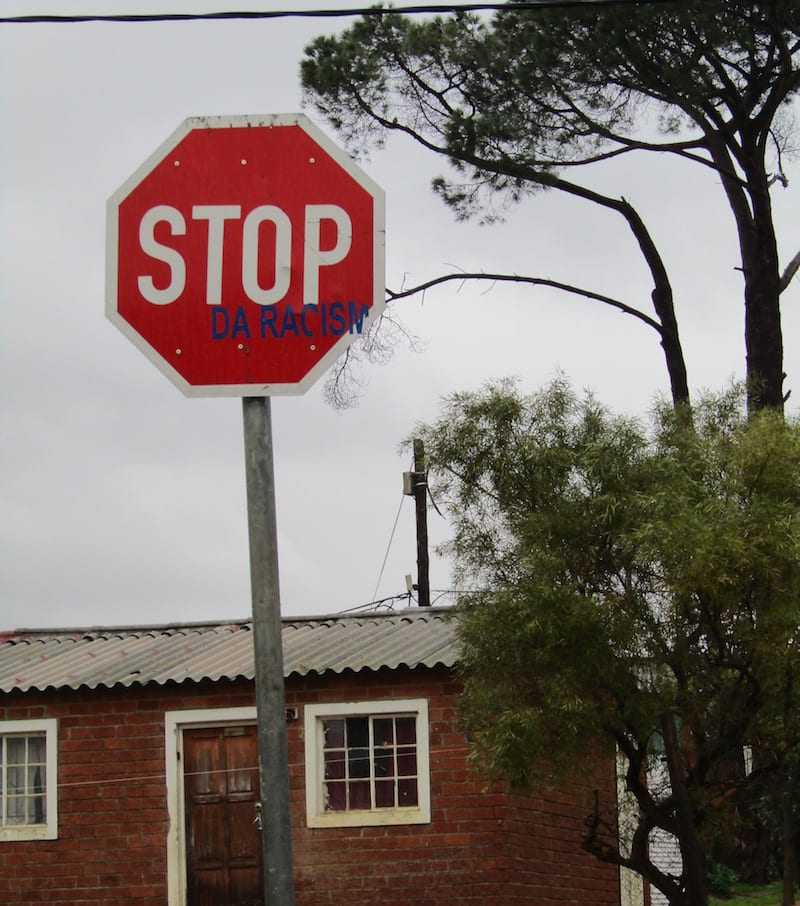
These events are still very much in the nation’s memory, and the townships are an important reminder of what happened and what is still left to be done. For the socially conscious traveler, seeing the townships is usually a must, but getting there might be a little tricky.
If you don’t know where to start, here are a few guidelines.
Be respectful.
I know I’ve said it before, but this is the most important. While this can be interpreted a million ways, take it as a reminder to respect your fellow man. If someone interacts with you, don’t ignore them. Say hello to people. Don’t stare. Ask questions. Don’t take photos of people without their consent. (Your Instagram isn’t more important than someone’s privacy.)
Be aware of your body language and face, AKA leave your grimaces and curled lips at home. Some things you experience may shock you. Prepare for that mentally.
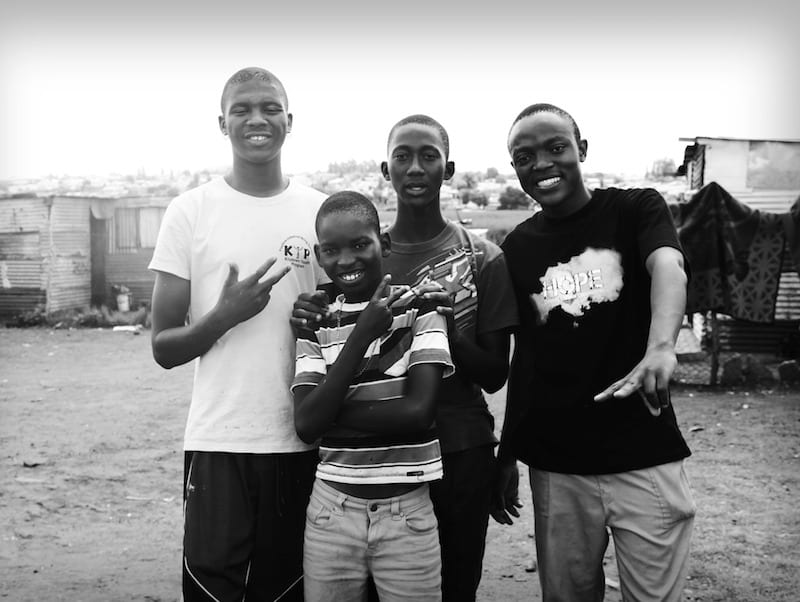
Get a local guide–or as close as you can.
Don’t be that guy who chooses the township tour where you ride in a bus and gawk at all the poor people. To be a more socially conscious traveler, you’re going to have to work harder than that. Getting your feet on the ground and asking people at your hostel, hotel or homestay where you could find a local guide for the neighboring township is a great place to start.
In bigger cities like Cape Town, you can find companies that adhere to the 2002 Cape Town Declaration on Responsible Tourism who give daily tours (like Uthando for instance). But there’s nothing like finding someone local. Activists or non-profits that work within the community are usually easy to find with a little online research.
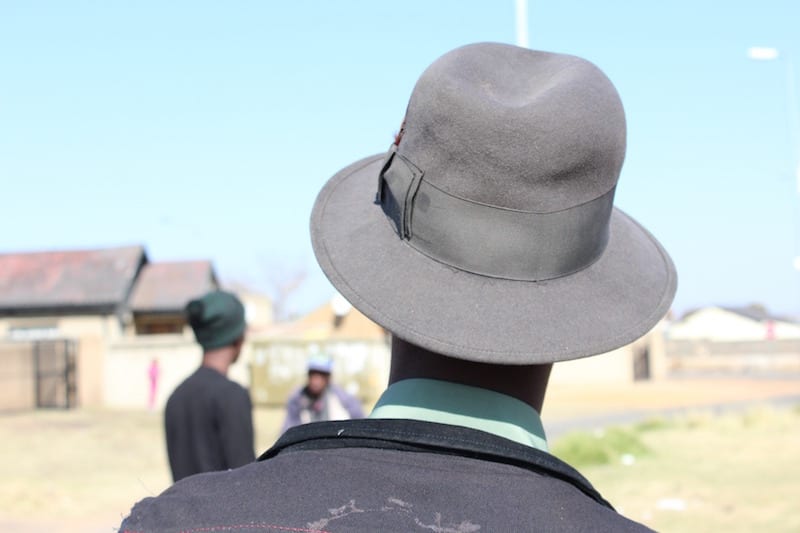
Spend as much time as you can there.
Look for responsible volunteering opportunities, besides just going and painting a house. Stay in a homestay if you can. Go to church there one Sunday. Find shops run by locals; many women in townships make jewelry that they sell through other stores, so if you can find their home shops then that money goes directly into their hands.
Sometimes, you can find in-township initiatives that invite people in. For instance in Kayamandi outside of Stellenbosch, there is Amazink, a restaurant and performance space where every Friday night you can catch a live performance that will blow you away.
Keep safety in mind.
Don’t walk around without a local, especially not off the paved roads. Going into the shacks is very much like a labyrinth. Flashing expensive jewelry or electronics is never a good idea–and that one goes back to number one, too. If you can, carry very little.
This one goes for anywhere really, but consider carrying twenty rand in your pocket so if someone were to attempt to rob you, you could give them that and it might be enough.
Stay calm; if you’re jumpy and nervous you only attract the jumpy and nervous. Also, temper this with the knowledge that the whole of South Africa suffers from high rates of crime. The townships might seem more dangerous because of the lack of infrastructure or familiarity, but really, they’re just as safe as the rest of the country.
On a real note, don’t put your wallet or anything important in your back pockets. Kids will flock to newcomers, and you want to be able to engage instead of worry about if they’ll slip your phone.

Learn some of the local language.
The most common language in South African townships is Xhosa, a language full of unique flavor. Getting to know enough to hold a small conversation will really make your experience full.
“Mholweni” is pronounced mole-way-nee. It means hello. “Molo” is hi. “Unjani” means “how are you?” and the positive response is “ndiphilile” (pronounces in-dee-pee-LEE-lay) with maybe an “enkosi” right after, which means “Good, thanks!”
So a typical interaction on the street might go like this:
You: Mholweni!
Stranger: Molo! Unjani?
You: Ndiphilele, enkosi! Unjani wena?
Stranager Ndiphilele!
To learn more check out a basic guide to Xhosa here.
People are delighted at the opportunity to fix your pronunciation, and most people appreciate being treated like a neighbor. Embrace it and have fun!




